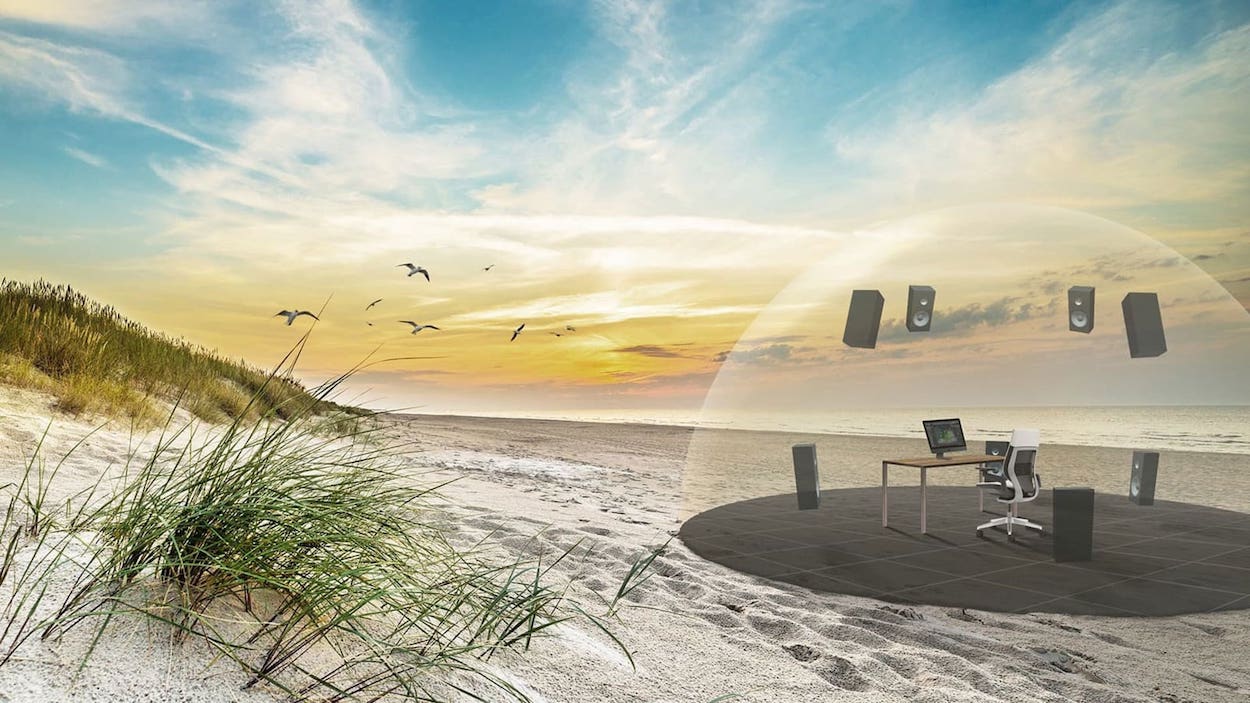Over the past year, the gradual return to office life has been a contentious discussion for employers. The C-suite tends to agree that employees do their best work together, but a taste of the work-from-home lifestyle has emboldened employees who are demanding hybrid arrangements. With the pandemic sounding the death knell for the open office, some employers are thinking creatively how to lure their staff back. Will “immersive sonic experiences” convince the rank and file?
In offices equipped with immersive sound, users can tailor their “audio environment” around factors depending on the space, type of work, and audio preference. Leading the pack is Made Music Journey, the product of a partnership between global sound library Made Music Studio and audio software platform Spatial. Employers can pick from the former’s sound library and customize it using the latter’s software to suit different office environments. For example, to encourage focus, the sonic experiences may use biophilic notes—think gentle ocean waves, distant birdsong, or a crackling campfire—that are scientifically proven to enhance cognitive function.
David Rock, a neuroscientist and CEO of the NeuroLeadership Institute, notes how nature sounds can calm the brain on a subconscious level, but warns employers curious about testing the new technology from making the sounds too obvious and recommends giving their staff the choice to opt in. “Feeling like you’ve been given choices activates reward networks, whereas when you feel like you’ve had choices taken away from you feels like activated threat networks,” he tells Inc. “It’s a primary driver in the brain.”
Given the popularity of ambient YouTube, immersive soundscapes seem like a worthwhile amenity. But the reality is that hybrid and remote work is here to stay—nearly 50 percent of U.S. workers recently said they would take a pay cut for flexible schedules—and is the smart approach in the Information Age. Would you plod through the snow on a Friday just to hear the susurration of crashing waves? Eh, neither would we.
